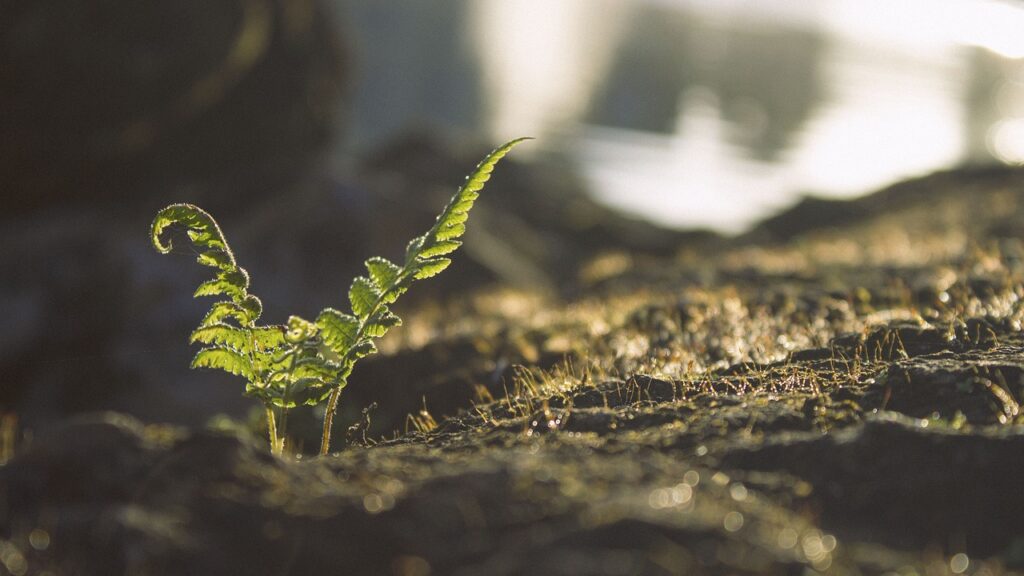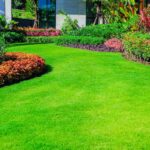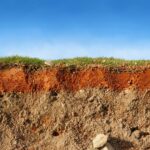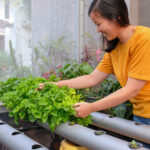Gardening and landscaping often result in the accumulation of old soil, particularly when re-potting plants, renovating gardens, or clearing out raised beds. Disposing of old soil can seem challenging, but with the right approach, you can repurpose and rejuvenate it for various uses. Here are several sustainable and creative solutions for handling old soil.
Revitalize the Soil
Old soil may lack nutrients but can be revitalized with the right amendments. Here’s how:
Remove Debris: Start by sifting through the soil to remove roots, rocks, and any plant debris.
Add Compost: Mixing in compost can replenish organic matter and nutrients. Aim for a 50/50 mix of old soil and fresh compost.
Incorporate Fertilizers: Organic fertilizers such as bone meal, blood meal, or aged manure can boost nutrient levels.
Aerate the Soil: Breaking up compacted soil and mixing in materials like perlite or sand can improve drainage and aeration.
Use as Mulch
Old soil can be spread over garden beds as a mulch layer. It helps retain moisture, suppress weeds, and eventually breaks down, adding organic matter back to the soil. This is particularly effective if the soil is still reasonably fertile.
Create a Raised Bed
If you have a substantial amount of old soil, consider using it to fill a raised bed. Raised beds provide excellent drainage and can be enriched with compost and other soil amendments to create a productive growing environment.
Fill Planters and Containers
Old soil can be used in the bottom of large planters and containers, topped with a layer of fresh, nutrient-rich soil. This method reduces waste and saves on the amount of new soil needed.
Build a Hugelkultur Bed
Hugelkultur is a gardening technique that involves creating raised beds with layers of organic materials like logs, branches, leaves, and old soil. The decomposing wood provides a long-term source of nutrients and helps retain moisture.
Top-Dress Lawns
Thinly spread old soil over your lawn to act as a top-dressing. This can help level the ground, improve soil structure, and encourage healthy grass growth, especially when combined with overseeding.
Use in Composting
Old soil can be added to your compost bin or pile. It acts as a bulking agent, balancing out green and nitrogen-rich materials like kitchen scraps and grass clippings. The soil also introduces beneficial microbes to the composting process.
Create Wildlife Habitats
Repurpose old soil to create small wildlife habitats. Piles of soil can attract beneficial insects and provide nesting sites for ground-dwelling creatures. You can also use it to build mounds and berms in your garden, creating diverse microhabitats for different plant species.
Improve Poor Soil Areas
Use old soil to improve low-lying or eroded areas in your garden. Mixing old soil with compost and other organic matter can help rebuild soil structure and fertility, making these areas more suitable for planting.
Dispose Responsibly
If you have no use for old soil and need to dispose of it, do so responsibly. Check with your local waste management facility to see if they accept soil. Some communities have specific guidelines or designated drop-off sites for yard waste.
Old soil doesn’t have to be a waste product. With a bit of creativity and effort, it can be rejuvenated and repurposed in numerous ways, benefiting your garden and the environment. By revitalizing, reusing, and recycling old soil, you contribute to sustainable gardening practices and reduce the need for new resources.
Whether you’re enriching garden beds, creating new habitats, or improving soil health, old soil can find a new purpose in your gardening endeavors.
Use in Landscaping Projects
Old soil can be a valuable resource for landscaping projects around your property. It can be used to level out uneven ground, fill in low spots, or create new garden areas. You can also use it to build berms and contour the land to enhance the aesthetics and functionality of your landscape.
Mix with Potting Soil
If the old soil is not heavily depleted, you can mix it with fresh potting soil to extend its use. This is particularly useful for large planting projects where buying new soil might be cost-prohibitive. Ensure you balance the mix with adequate nutrients and organic matter to support healthy plant growth.
Grow Cover Crops
Planting cover crops in old soil can help restore its fertility. Cover crops like clover, alfalfa, and ryegrass add organic matter, fix nitrogen, and improve soil structure. Once the cover crops are grown, they can be turned into the soil, further enhancing its quality.
Create a Soil Bank
Set aside a designated area in your garden to store old soil, creating a soil bank. This allows you to have a reserve of soil that can be amended and used as needed for future gardening projects. Keeping it covered with a tarp or mulch helps prevent erosion and weed growth.
Blend with Leaf Mold
Mixing old soil with leaf mold can significantly enhance its structure and fertility. Leaf mold, created by decomposing leaves, is an excellent source of organic matter and beneficial microorganisms. This blend can be particularly useful for improving the soil in garden beds and borders.
Construct Earthworks
If you have a larger property, old soil can be used to construct earthworks such as swales, terraces, or retaining walls. These structures help manage water runoff, reduce erosion, and create microclimates that can benefit your garden. Proper planning and execution of earthworks can greatly improve land sustainability.
Support Urban Gardening Initiatives
Consider donating your old soil to community gardens or urban farming projects. Many urban gardening initiatives operate on tight budgets and can greatly benefit from additional soil. Contact local gardening clubs, schools, or community centers to see if they can make use of your old soil.
Enhance Woodland Areas
If you have wooded areas on your property, old soil can be spread in these areas to help improve the forest floor. It can support the growth of understory plants and trees, contributing to a healthier woodland ecosystem.
Create a Compost Tea
Old soil can be used to make compost tea, a liquid fertilizer that enriches plants and soil with beneficial nutrients and microorganisms. Simply mix the old soil with water and let it steep for a few days, then strain and use the liquid to water your plants.
Build Earth Bags
For those interested in sustainable building methods, old soil can be used to fill earth bags for constructing walls, garden beds, and other structures. Earth bag building is an eco-friendly technique that utilizes readily available materials and can be a great way to repurpose old soil in a creative manner.
Old soil is far from useless. With thoughtful management and innovative thinking, it can be transformed into a valuable resource for a variety of gardening and landscaping applications. Whether you choose to rejuvenate it with compost and fertilizers, use it in construction projects, or donate it to community efforts, there are numerous ways to ensure old soil continues to serve a purpose. By embracing these practices, you contribute to a more sustainable and environmentally friendly approach to gardening, reducing waste and promoting the health of your plants and soil.






